Squishmallows have taken the world by storm, offering a unique combination of softness, squishiness, and adorable designs that have captured the hearts of both children and adults alike.
But as these plush toys gain popularity, a crucial question arises. Are Squishmallows safe to sleep with?
In this blog post, we’ll delve into the pros and cons of using Squishmallows as sleep companions or pillows, examine age safety guidelines, and offer practical advice for ensuring a safe and comfortable sleeping environment.
Key Takeaways
- Parents should be aware of potential risks associated with allowing infants and young children to sleep with Squishmallows.
- It is important to follow age guidelines when using Squishmallows as sleep companions, and they are not recommended for infants under 12 months old.
- Adhering to age recommendations, selecting the appropriate size and design, monitoring a child’s sleep, proper placement & positioning are essential tips for creating a safe sleeping space with Squishmallows.
Squishmallows and Sleep Safety: What You Need to Know
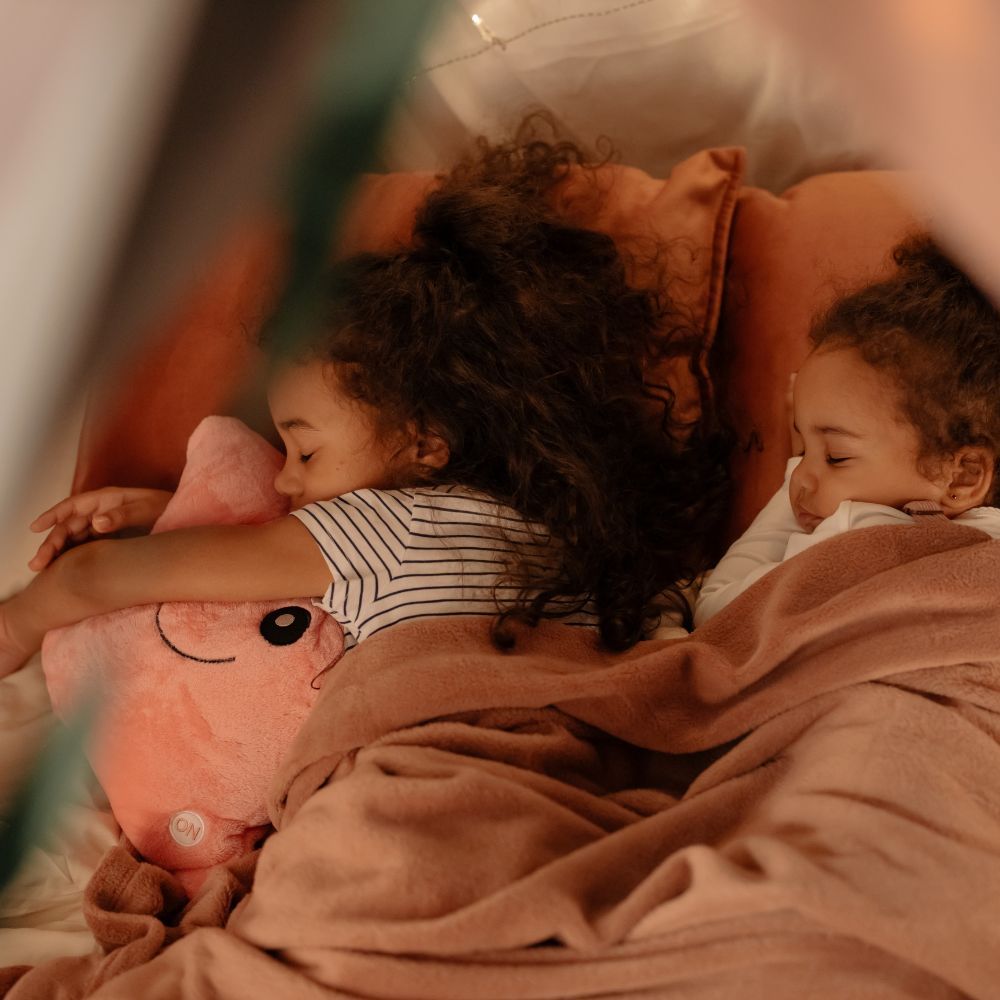
A child cuddling a stuffed animal
Squishmallows, the plush stuffed toys known for their soft texture and attractive designs, have become increasingly sought-after as parents wait for the perfect stuffed animal gift for their children.
Despite their appeal as a cozy bedtime friend, one should understand the potential risks that come with sleeping with Squishmallows, especially for infants and young children.
Why Squishmallows Are So Popular
Squishmallows have quickly gained popularity due to their unique combination of softness, squishy texture, and cute designs.
These plush toys are filled with a polyester fiber similar to marshmallow, allowing them to remain in their original shape even when compressed or squished.
The exterior of Squishmallows is constructed from high-quality, stretchable fabric, making them super soft to touch.
Additionally, squishmallows have multiple uses such as pillows, cushions, and even fidget toys.
Stuffed animals like Squishmallows can help induce calmness, facilitate sleep, promote self-soothing, alleviate anxiety, and foster empathy, especially when they are incredibly soft.
With a wide range of sizes, shapes, and adorable designs available, it’s no wonder that Squishmallows have become a beloved toy among children and young adults alike.
Potential Risks Associated with Sleeping with Squishmallows
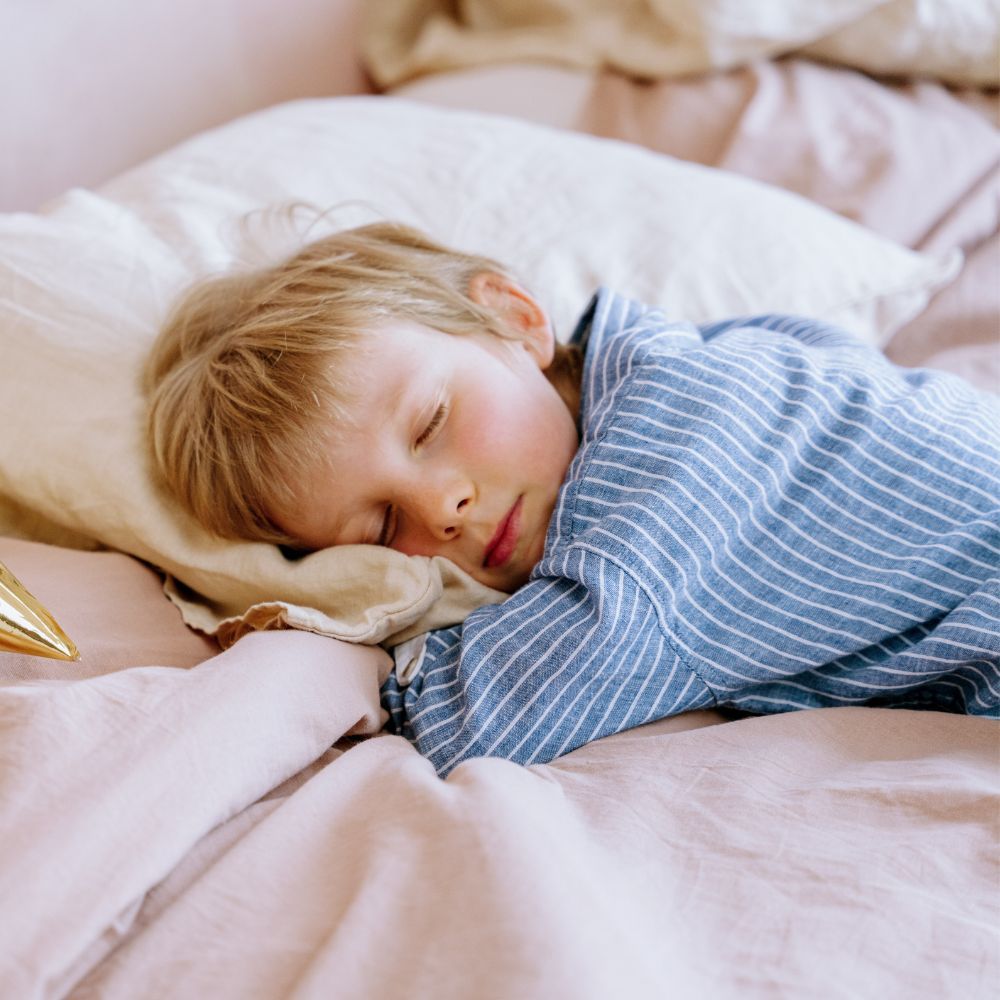
A child sleeping
Though these plush toys may be enticing, it is important to understand the potential hazards that come with sleeping with Squishmallows, particularly for infants and young children.
The primary risks include accidental suffocation and Sudden Infant Death Syndrome (SIDS).
The American Academy of Pediatrics recommends that cribs be kept free from items like soft toys and crib bumpers.
This helps reduce the risk factors associated with sleep and ensure safety.
For older children and adults, the risks are significantly lower.
However, parents should still exercise caution and ensure that squishmallows are used appropriately during sleep, taking into account factors such as size, shape, and personal preferences.
Age Guidelines for Sleeping with Squishmallows
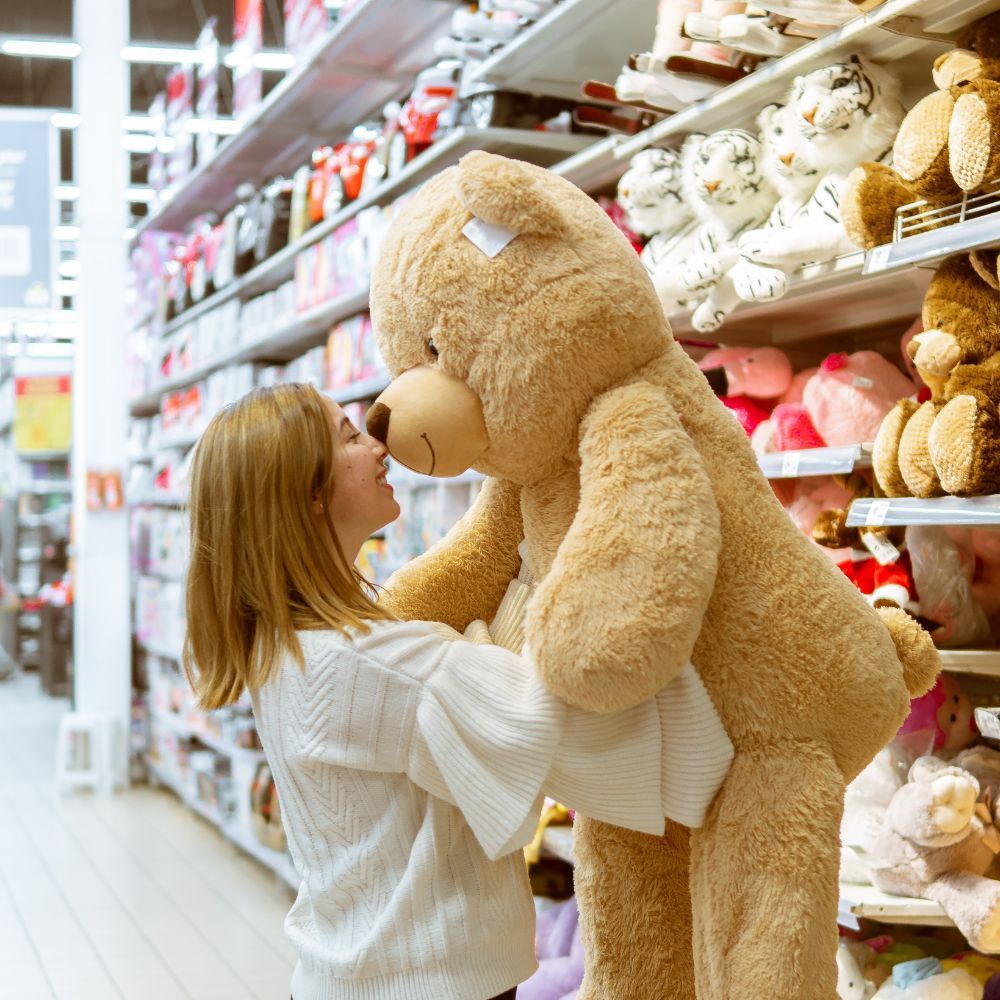
A Parent choosing a stuffy
When contemplating the use of squishmallows as sleep companions, adhering to age guidelines for safety is necessary.
The American Academy of Pediatrics recommends that toddlers not sleep with loose objects in their cribs, including Squishmallows. Cribs should remain an empty and safe space until the baby is at least one year old.
For toddlers and older children, Squishmallows can be used safely as cuddly companions or pillows, but it’s crucial to observe safe sleep habits and monitor young children while they sleep with stuffed animals to avert any suffocation risks.
Infants and Squishmallows
Due to the risk of suffocation, squishmallows are not recommended as sleep companions for babies under 12 months.
The American Academy of Pediatrics suggests that babies should not sleep with stuffed animals or pillows until they are at least 12 months old.
This guideline is in place to reduce the potential for suffocation and Sudden Infant Death Syndrome (SIDS).
Parents should wait until their child is at least 12 months old before introducing Squishmallows as sleep companions, as older babies can roll over or even sit up if the stuffed toy is uncomfortable to them.
In the meantime, it’s essential to follow safe sleep practices for baby sleep, such as keeping the crib free from clutter and using a firm sleep surface.
Toddlers and Older Children
Squishmallows can provide a comforting sleep option for toddlers and older children. However, it’s still crucial to ensure that the Squishmallow's size and shape are appropriate for the child’s age and sleeping habits.
Parents should also monitor their child’s sleep to ensure that the squishmallow does not obstruct their airways or cause any discomfort.
It’s essential to establish a safe sleeping environment for children using Squishmallows as sleep companions.
By selecting the right size, shape, and design for your child, and following age guidelines and safe sleep practices, you can help ensure a restful and secure night’s sleep with their favorite plush toy.
Choosing the Right Squishmallow for Sleep
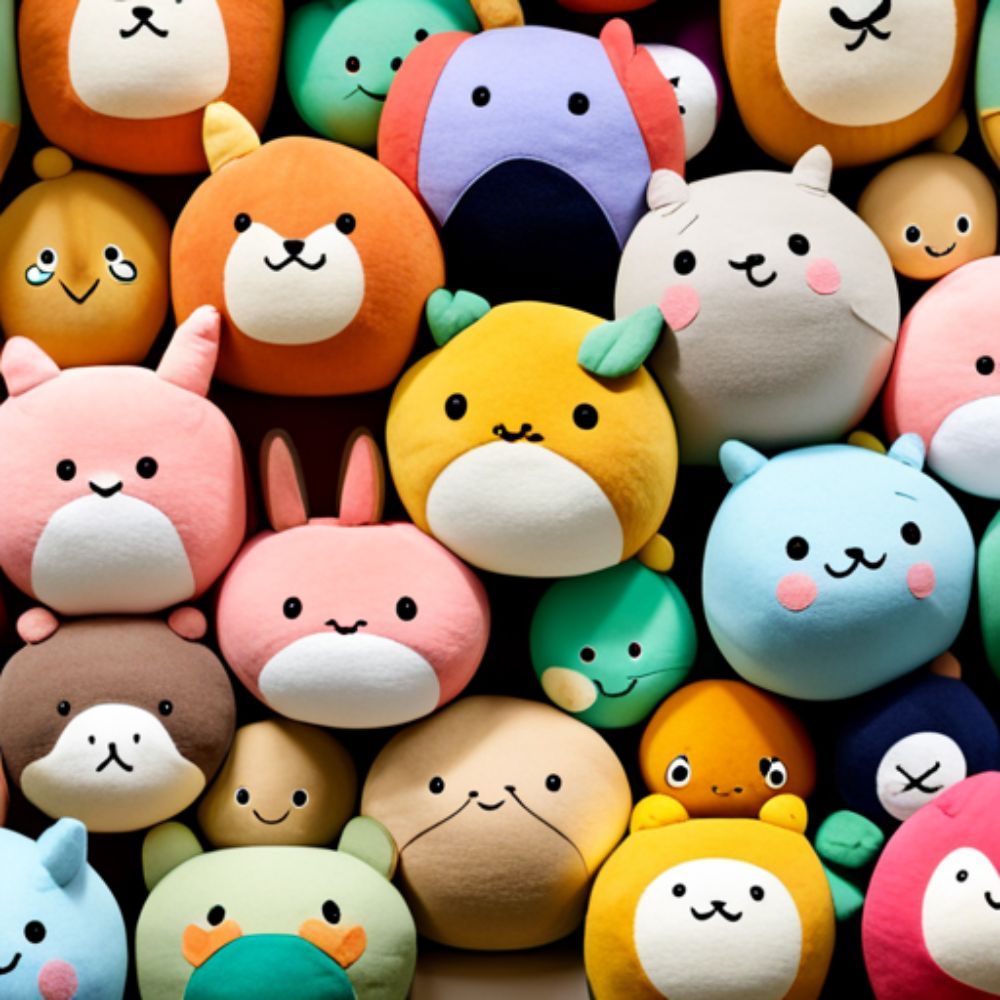
Choosing the right sized Squishmallow for your child is important
Choosing the ideal squishmallow for sleep entails considering factors like size, shape, and personal preferences.
A suitable squishmallow should provide comfort and support without posing any safety risks.
In the following sections, we’ll offer tips to help you choose the most appropriate Squishmallow for your child’s sleep needs.
Size Matters: Picking the Perfect Squishmallow
When choosing a Squishmallow for sleep, the size is a key factor to consider. Squishmallows come in many different sizes.
Small keychain-sized plushies measure at 3.5 inches, while large huggable pillows measure 24 inches.
When selecting a squishmallow to serve as a pillow, one should contemplate their sleeping habits and how they desire the squishmallow to provide support.
To ensure safety and comfort, parents should choose a squishmallow that is appropriate for their child’s age, height, and preferences.
Smaller animal plushies are deemed suitable for infants, while larger options may be more appropriate for older children and adults who require more support during sleep.
Shapes and Designs: Finding Your Child's Ideal Sleep Buddy
Squishmallows come in various shapes and designs, allowing you to find the perfect cuddly companion for your child’s sleep.
From adorable animals to fun characters, there’s a Squishmallow to suit every child’s interests and preferences.
Choosing a Squishmallow for sleep should take into account your child’s preferences and aim for a design that delivers comfort and pleasure.
Some children may prefer a Squishmallow with calming colors or a specific character that they find soothing.
By taking the time to select the ideal Squishmallow for your child, you can help create a comforting sleep environment that promotes restful and secure sleep.
Squishmallows vs. Traditional Pillows: Pros and Cons
Why Stuffed Animals Can Help Children Sleep - Lee Health
Squishmallows offer a unique alternative to traditional body pillows, providing softness, pressure point relief, and anxiety reduction as soft objects.
Nevertheless, they may not be a fit for all, and weighing the advantages and disadvantages of using Squishmallows as pillows versus traditional pillows becomes important, taking into account aspects like support, comfort, and safety.
Benefits of Sleeping with Squishmallows
Sleeping with Squishmallows can offer multiple advantages, including:
- Comfort
- Stress alleviation
- Emotional support
- Adaptability
- Safety for all ages
Their incredibly soft and squishy texture provides relief for pressure points, making them an appealing option for those with mild to moderate symptoms.
Squishmallows can also serve as a comforting option for individuals who experience anxiety or have difficulty falling asleep.
Their soft, huggable nature can help create a sense of security and relaxation, promoting a more restful sleep.
Drawbacks of Relying on Squishmallows for Sleep
Despite their numerous benefits, squishmallows may not provide the necessary level of support for a restful sleep, particularly for individuals with severe hypermobility or chronic pain.
Traditional pillows, on the other hand, are designed to provide consistent support for the head and neck, ensuring proper spinal alignment and reducing the risk of discomfort or pain during sleep.
Additionally, squishmallows may not be as breathable as traditional pillows, potentially leading to discomfort or skin irritation due to trapped heat and moisture.
In conclusion, although Squishmallows can provide a distinct and comforting sleep experience for some, they might not be the best choice for all, and considering the advantages and disadvantages before making a decision is important.
Tips for Safe Sleep with Squishmallows
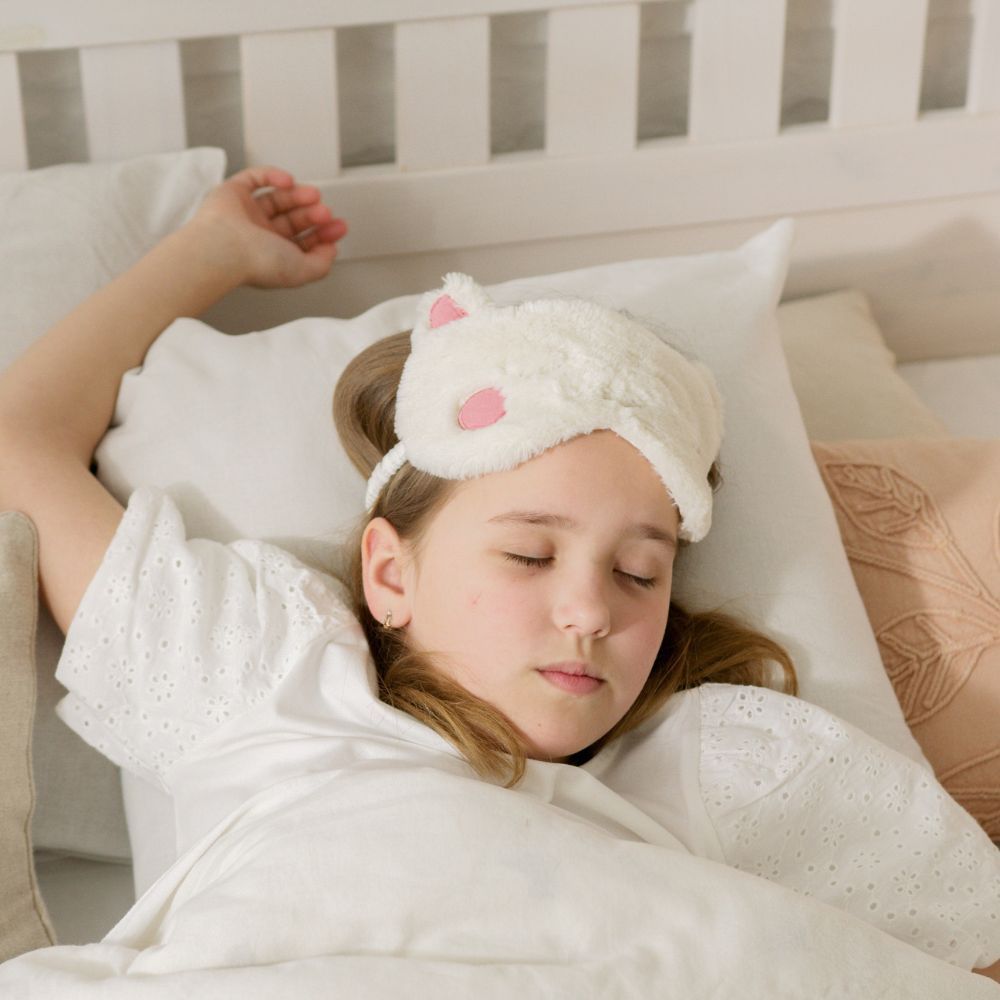
Child sleeping with a traditional pillow
Creating a safe sleeping space when using Squishmallows as sleep companions or pillows is essential for both children and adults.
By following the guidelines provided in this blog post, such as adhering to age recommendations, selecting the appropriate size and design, and monitoring your child’s sleep, you can help create a secure and comfortable sleep space with Squishmallows.
It is important to adhere to the age recommendations when selecting a squishmallow for a child, as it ensures the safety and suitability of the toy in relation to the child’s face and overall size.
Proper Placement and Positioning
Proper placement and positioning of squishmallows during sleep are key to mitigating potential risks and ensuring a safe and pleasant sleep.
Depending on your child’s preferences and sleep habits, they may choose to use the Squishmallow as a pillow or cuddle buddy, or simply have it situated beside them for comfort.
Regardless of the positioning, it’s important to adjust your child’s sleeping position to promote optimal comfort and reduce any risks.
Additionally, it’s essential to ensure that the squishmallow is not too close to your child’s face and that it does not obstruct their airways.
Regularly checking on your child while they are sleeping with a squishmallow can help prevent any accidents or harm.
Monitoring Your Child's Sleep
Keeping an eye on your child’s sleep while they are using Squishmallows is vital for numerous reasons, chiefly for their security and well-being.
By keeping a close watch on their sleep patterns, you can make informed decisions about whether or not it is safe for them to continue sleeping with Squishmallows.
Consistently checking on your child while they sleep with a Squishmallow allows you to ensure they are comfortable and breathing easily, as well as identify any potential discomfort or problems they may be having, such as difficulty breathing or restlessness.
By staying vigilant and observing your child’s sleep, you can provide a safe and secure sleeping environment with Squishmallows.
Summary
Squishmallows offer a unique and comforting sleep experience for many individuals.
However, it’s essential to consider the potential risks, adhere to age guidelines, and ensure proper placement and positioning to create a safe and comfortable sleeping environment.
By following the advice provided in this blog post and selecting the perfect Squishmallow for your child, you can help them enjoy a restful and secure night’s sleep with their favorite plush companion.
Need to add to your collection of Squishmallows? Check out some of our top picks. You never know what you might find!
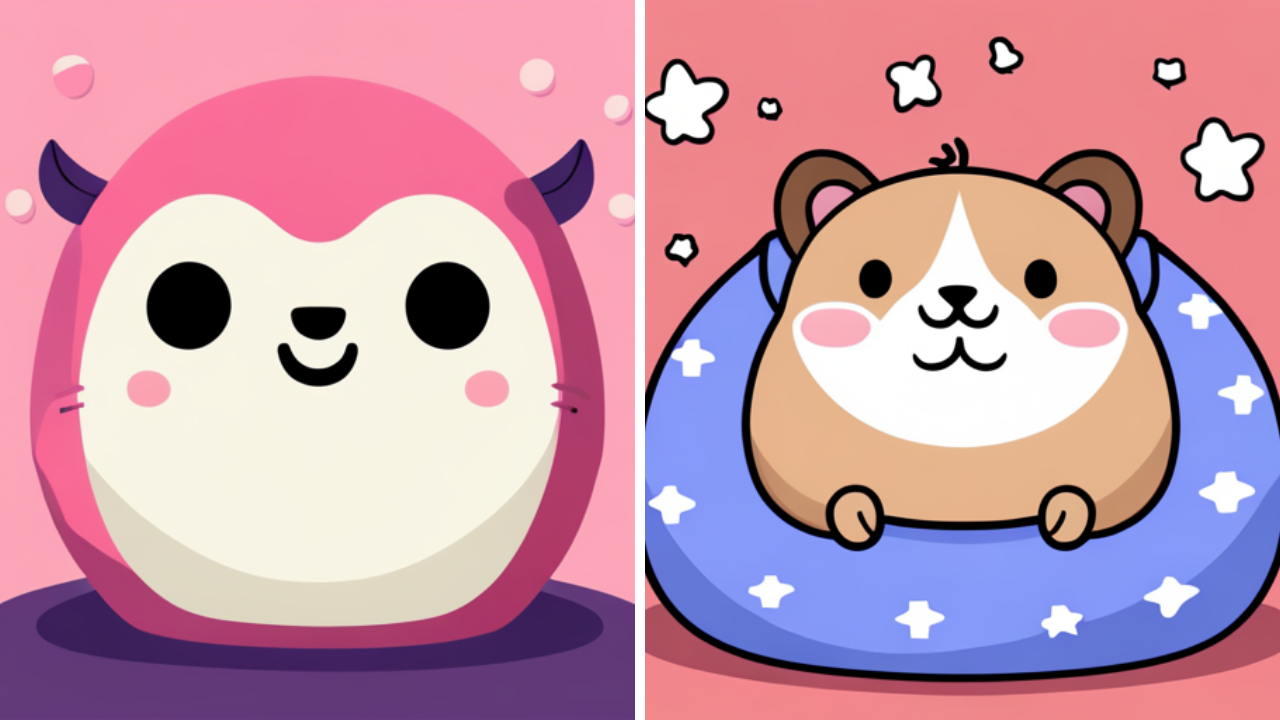
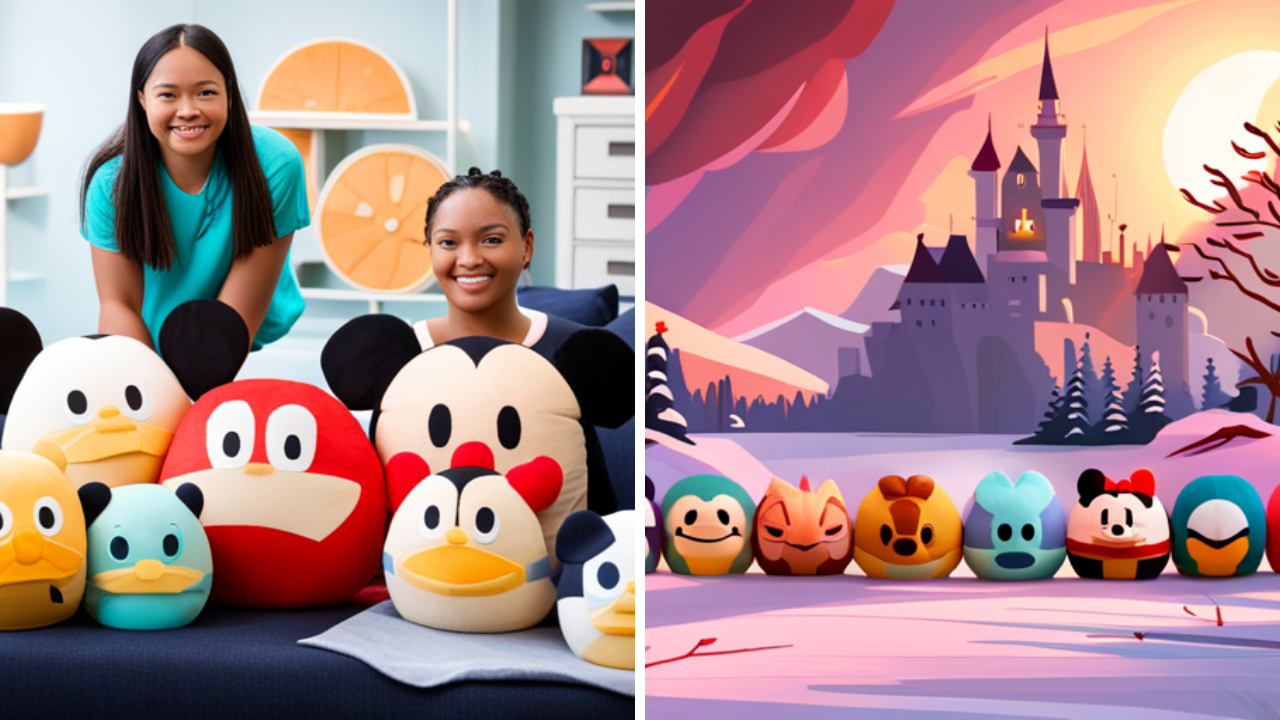
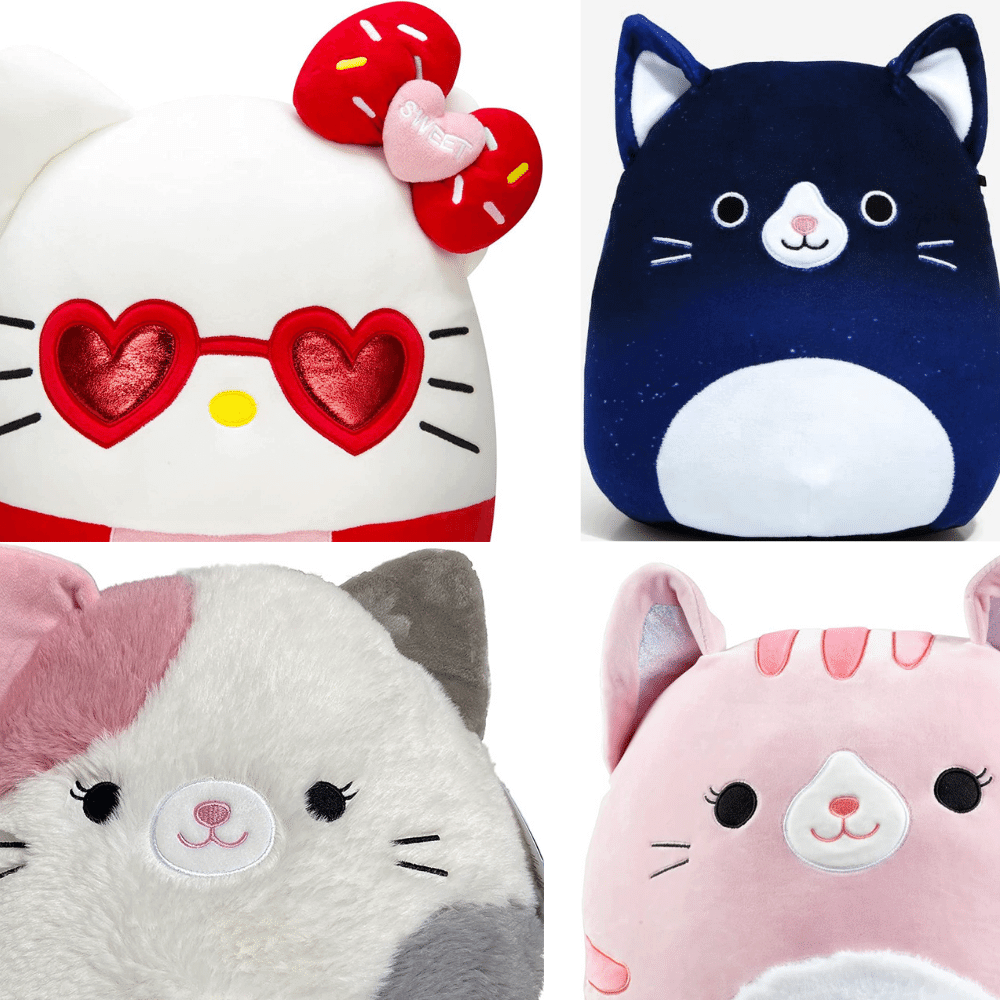
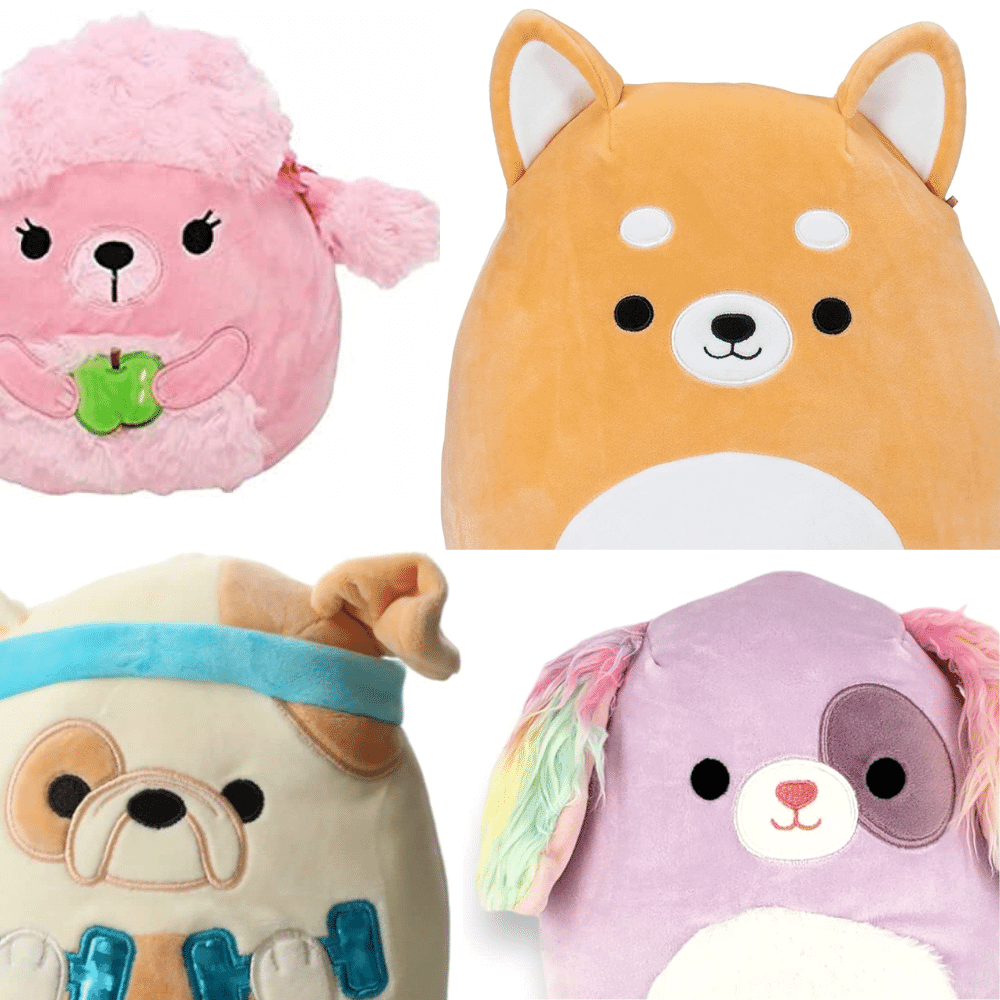
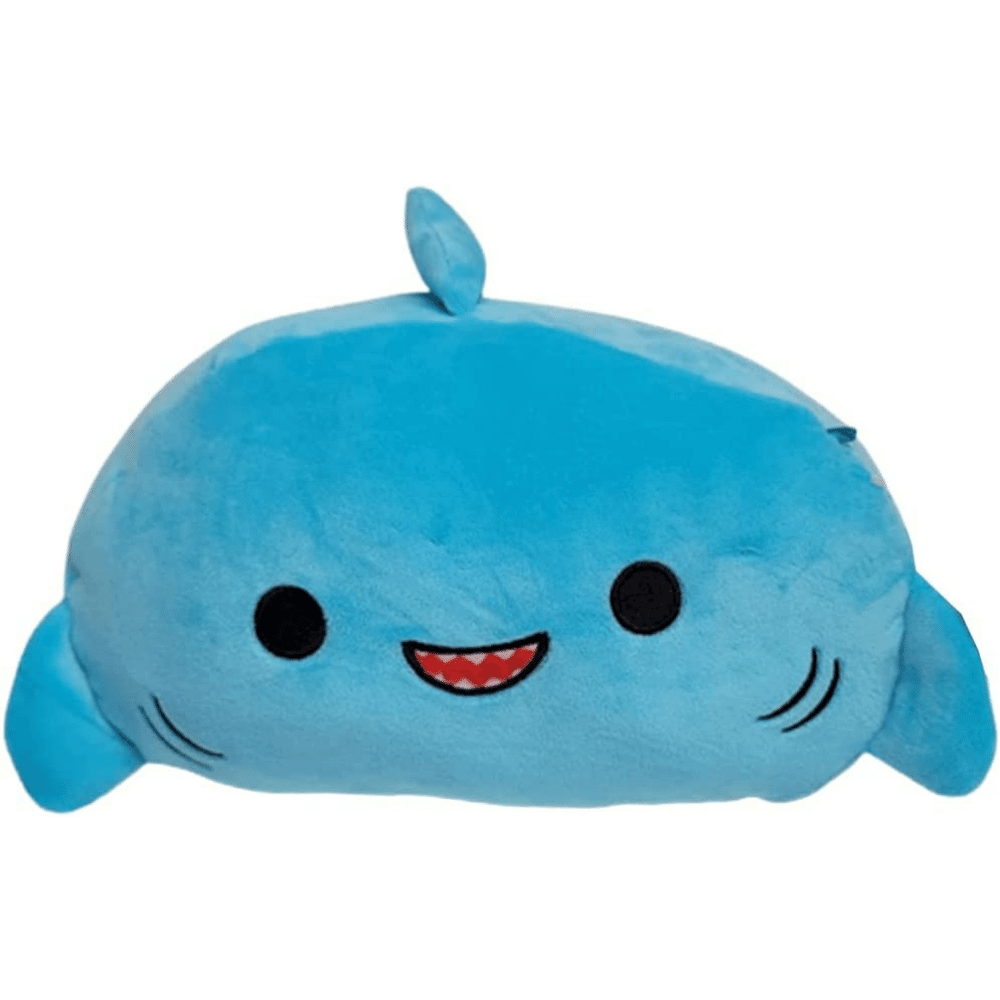
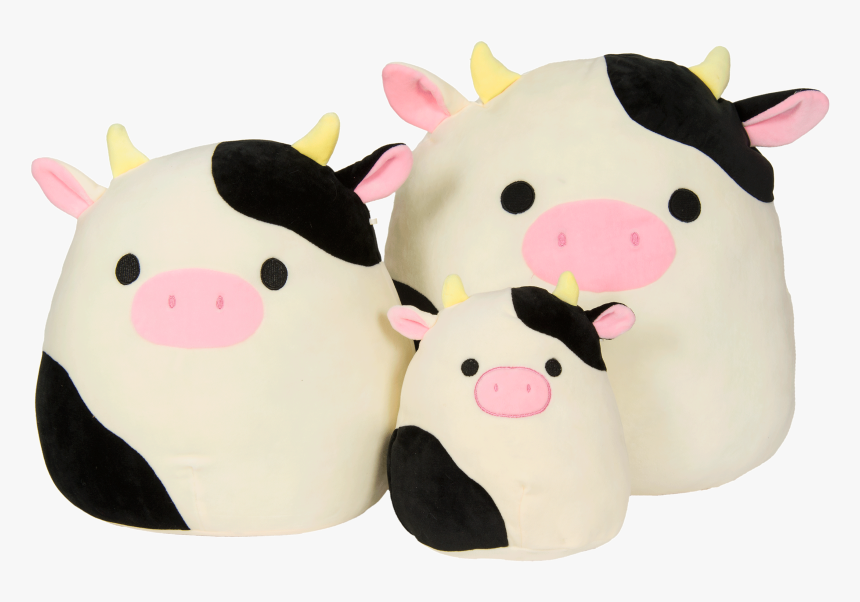
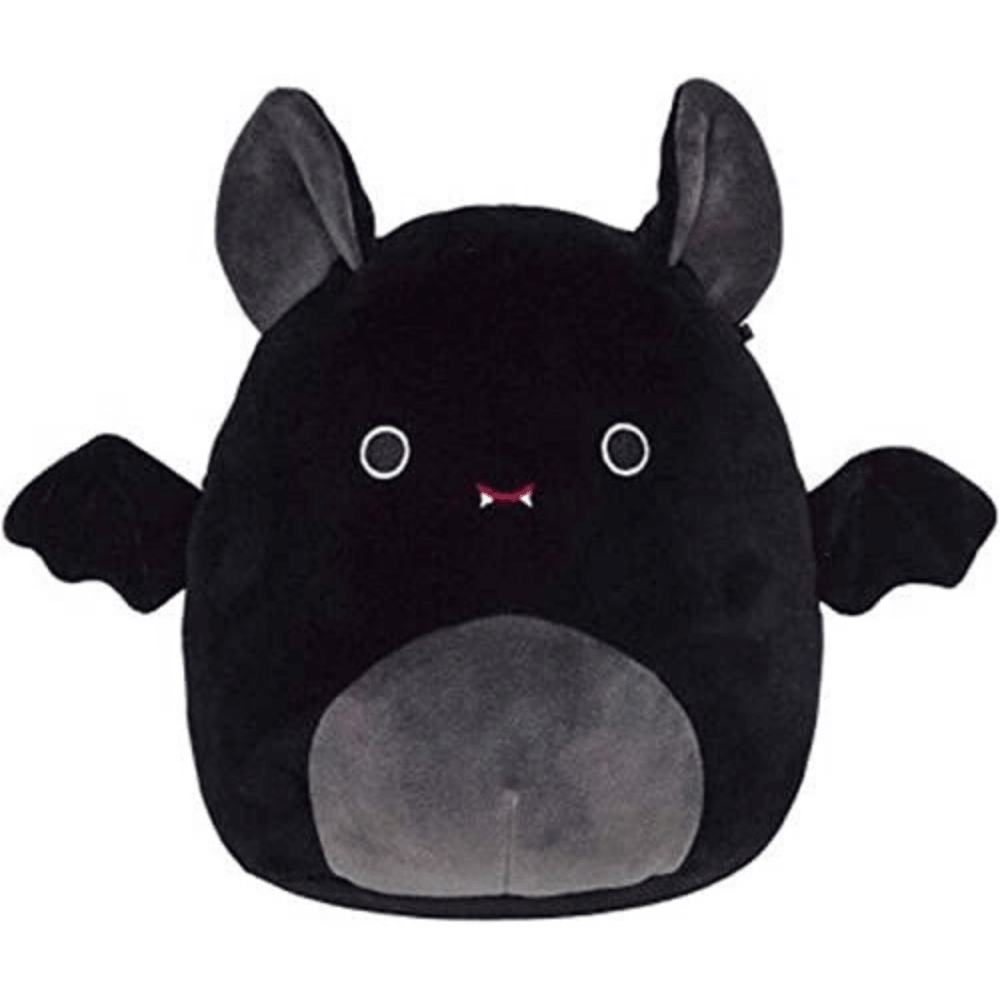
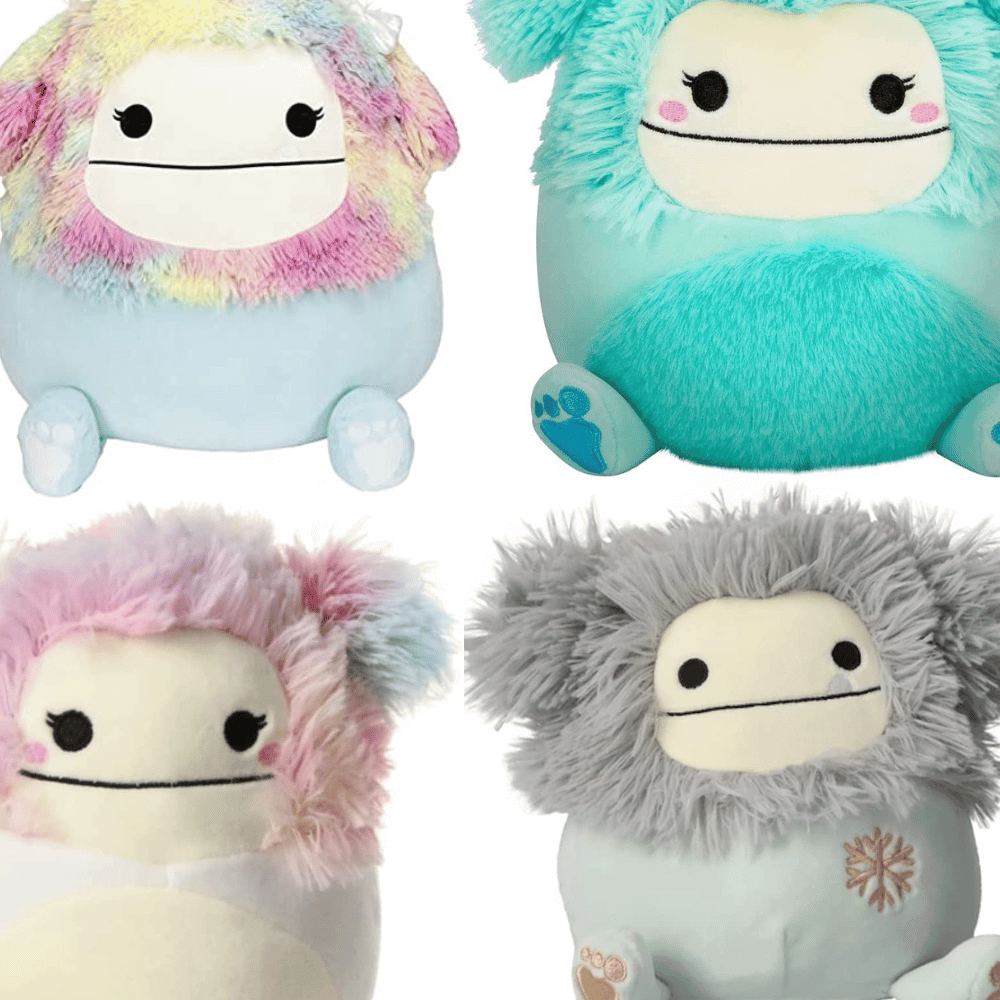
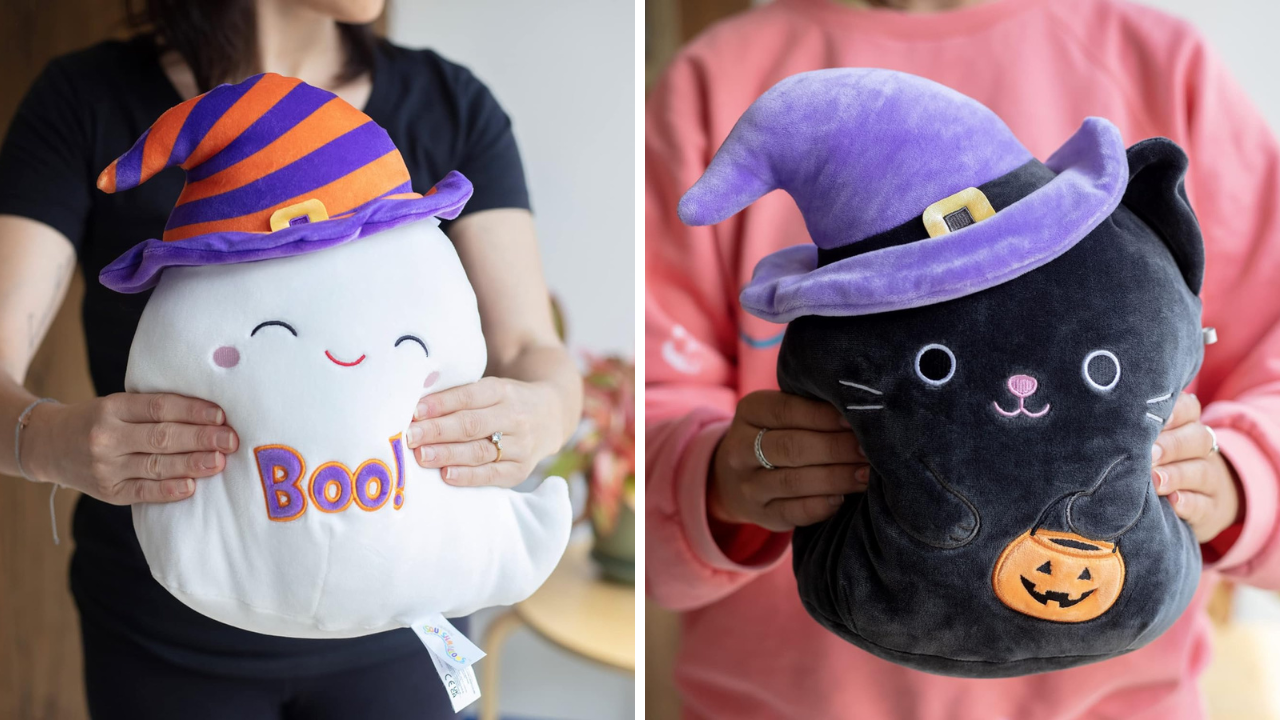
Frequently Asked Questions










